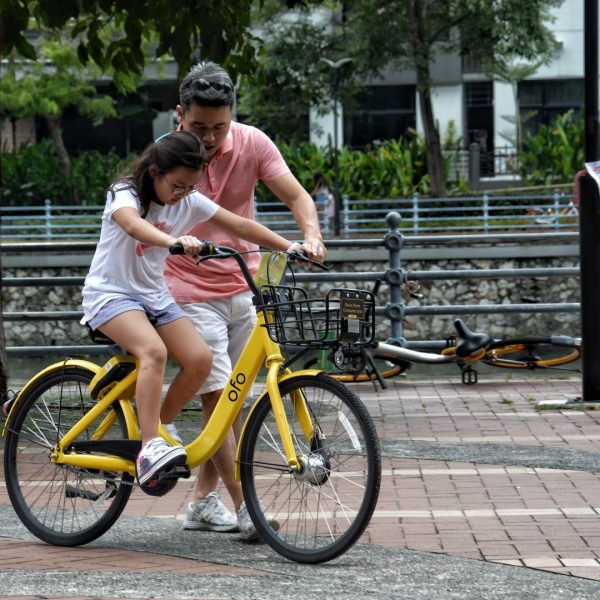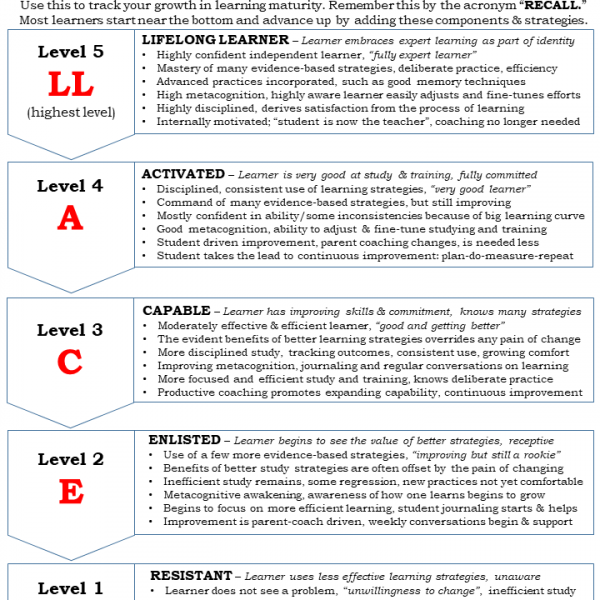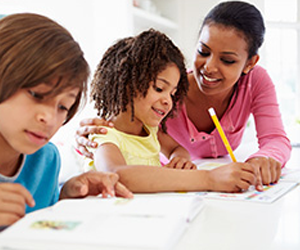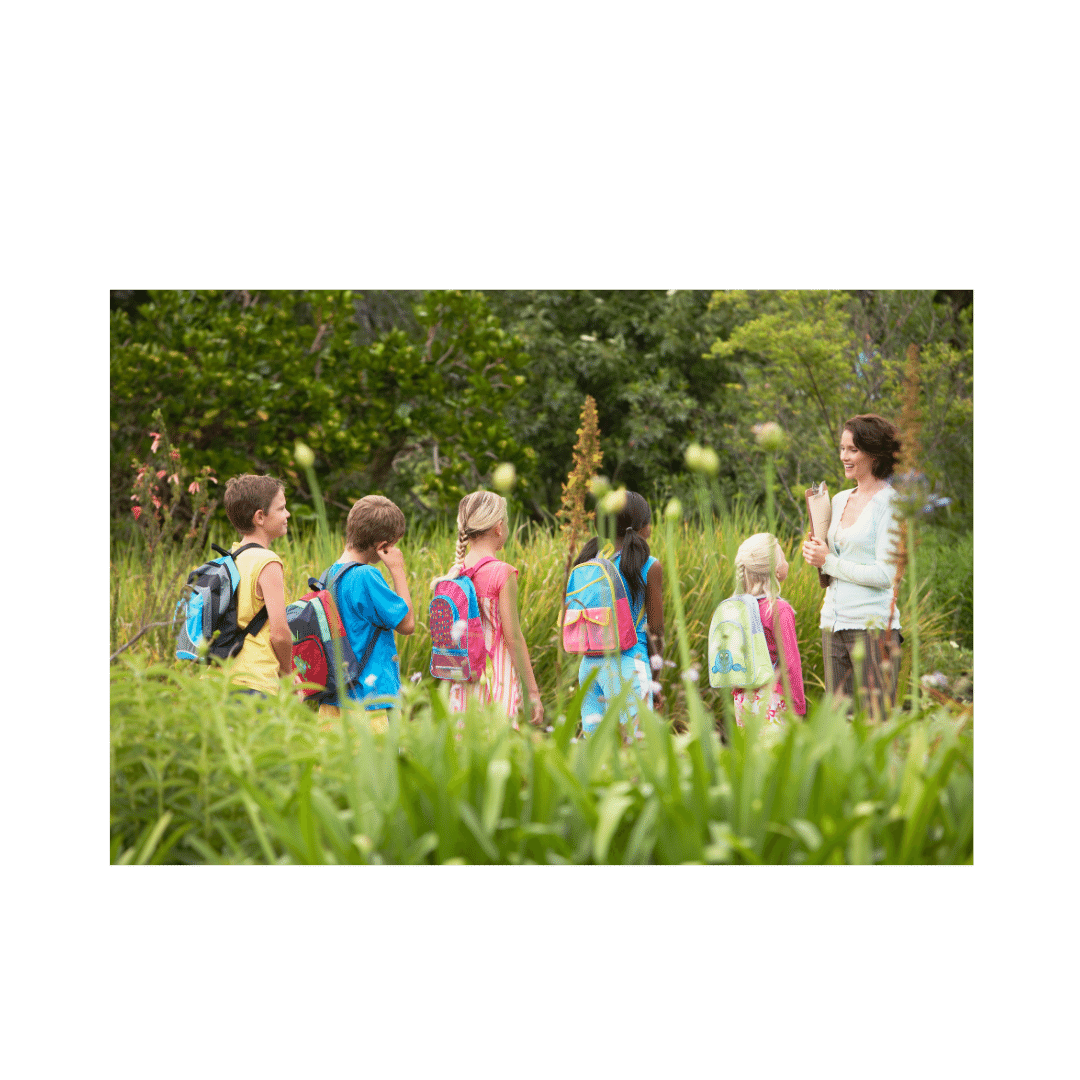
How to Get the Most from Your Field Trips

Reading time: 10 minutes
Introduction
We know field trips offer numerous benefits, such as hands on learning, group learning and opportunities for students to discover new things firsthand. They are an important part of your homeschooling education. Read this article to learn how to get more from your trips and make them better learning experiences. Every field trip has the opportunity to be a great learning experience — and not just a day away!
|
How does your trip fit into your educational goals? |
Field trips provide the opportunity for expansive learning experiences — when you plan for this. They will enrich and expand your home classroom when you are creative. Review these ideas and tips to make them better. Discover new ways to leverage them to broaden a child’s perspective and strengthen observation skills. Always connect them to your existing curriculum, and make sure that you include lots of interactive activities during the trip.
Almost every adult remembers the field trips we took as youths. This demonstrates the lasting power these can have to influence learning and thinking. Some of my most meaningful and enduring memories come from my field trips as a youth.
What makes for a really great field trip?
The summary points in this article are:
- It supports and expands on what you are teaching at home
- It is a thoughtfully planned learning experience
- There are activities that prepare kids in advance of the field trip
- Kids can be involved in planning aspects of it
- The parent doesn’t teach but acts as a facilitator and guide
- They allow time for interaction and discussion as you go
- There are learning activities and discussions in the trip
- Afterward, follow up activities promote review and even more learning
Field trips offer some important advantages that you cannot duplicate at home: They can bring balance to your curriculum. The most popular destinations—museums, zoos, outdoor venues, farms, and performances—have a natural fit with many subjects including science, history, geography, and the arts. Make the most of them.
Maximize the Experience with these 9 Ideas
How do parent ensure a great field trip? These tips will help you have a much better learning experience. Use this as a checklist:
- Learn from others – don’t “reinvent the wheel.” Talk to other parents and find out what they have learned from their field trips. What trips did they find effective? But be sure to ask why and what questions so you understand what they did that made the trip so great — or so bad. Not everyone knows how to plan a good trip. Of course, you want to personalize the trip to fit your specific needs, but don’t fail to farm the good ideas of others. You can build and modify what they did to shape your own experience.
- Plan and do your homework. Plan carefully, do some research, make some calls, and if you can, visit the site before you commit to it. Talk to the staff or someone who does tours of the facility seeking ideas and creative suggestions. Be open to different ideas – they usually have lots of experience working with group experiences. Ask for ideas and suggestions.
Learn what have other groups done before you. I like to ask questions like, “what do you think was the most interesting field trip that has come through your facility?” or “What are some of the better resources you have that most field trips don’t avail themselves to?” Harvest the nuggets from the trip. Think of it as a series of learning activities, not just one big one. - Focus the experience. Don’t be tempted to tackle too much just because you are there. It’s better to more focused and targeted with your trip. Spending enough time at a few things is much better than trying to do everything at once.
You want to spend time having the kids process the experience. Don’t walk through 10 galleries and a museum before the kids have their first discussion. Take time to have discussions and mini-exercises that encourage kids to think about and record their observations. - Involve your kids. Don’t feel the need to do all the planning yourself. Explain your goals for the field trip in advance and solicit what your kids are interested in seeing and learning. Match the trip with their particular interests. Give them some choices. Consider letting the kids pick field trip destination from choices you provide – this provides ownership.
Provide kids with some independent time so they can explore things that are of interest to them. Give them free time with a purpose. - Prepare the kids with prework activities. We learn better when we have a framework for understanding new information. A good learning experience doesn’t just happen because you are there. Take some time to get your kids ready, you may need to teach some new lessons or review some past materials. Prework makes for much better learning experiences. Have your kids conduct research or assignments that will prepare them for the trip.
Do a virtual tour on the internet before the trip. Highlight what the kids will be seeing and doing. Arouse their natural curiosity. Trips become more meaningful and fun when the kids already have some knowledge of what they are about to see.
Some parents resist this because they are concerned too much of this will spoil the fun. In fact, the opposite can be true. Knowing more about where you are going can make it even better.
Take advantage of the heightened motivation prior to the trip to study relevant material. For example, if you are going to the zoo, have them study and learn about the geography where the animals live. Thoughtful advanced activities tie the field trip to your home classroom. - Lots of Interaction. Design your field trips so that your kids can interact with guides, scientists, artists, historians, rangers and other professionals. The best trips are not passive experiences with little people contact – this defeats the very point of going somewhere to learn. Arrange these one on one interview experiences so you know you will have interaction.Keep in mind the trip is not only about the facility and the displays. Seeing adults in action can be an important part of the learning experience. Schedule time that allows the kids to ask questions about the work of the staff and their research; this interaction provides a connection that can be motivating and will enrich your post trip discussions and exercises.
A two-hour sprint through a museum might be good exercise but does not guarantee you have any lasting learning from it. Slow down and interact. - Make trips relevant. Tie your field trips to content you have been teaching in the classroom. The best trips allow students to interact with real world things that connect to things they already know. If you’re studying history, take them to museum that has exhibits from this time period. This will help them better interpret what they are experiencing.Think creatively, often things connect that at first don’t seem like they will at all. Science can tie to history. Music to geography. Make those connections.
Examine how you can make your trips fit into your broader educational goals. I like this quote, “Think about field trips as a day out, not a day off.” - Select field trips where students can be active. Plan trips where the kids are not sitting – it’s a good idea to have them frequently moving about. You want them to be able to touch, explore and share their experiences.
In between moving around, set aside time and place for discussions to let the kids talk and process what they are observing. Do this several times. Sharing is an important part of the learning. In advance, ask questions about the facility – where are the rooms, with benches and tables and some privacy so you can have conversations? If not, is there a quiet lawn area?
Design the trip to include and encourage smaller group experiences, prepare some interactive games, and have handouts that encourage kids to discuss what they are learning. - Immediate Follow up. The field trip should continue into your home classroom. This can often be the most important part of the learning experience. This is where you lead discussions and give assignments that help them assimilate the information gained in the trip. Individual written assignments and presentations shortly after a trip are great for reinforcing learning.
Focus on things that require deeper thinking than merely writing about “my favorite activity or display.” Have discussions that stimulate thinking about how what they learned fits into larger community or social issues, and find ways to tie it into other subjects you are teaching.
More Ideas to Think About
Think focus when planning your trip. Don’t try to do everything all at once. It’s better to focus on one area or one part of an exhibition. Remember, you want to dedicate part of your total time to learning discussions and exercises.
Also, don’t forget to inquire about what type of access students can gain “behind the scenes.” How are things created? What other activities make the museum function? What was involved in creating the sets for the play? These experiences can often be more memorable for students than the basic tour or experience.
Research shows field trips can improve critical thinking, historical empathy, tolerance and greater interest in art and music. There is considerable evidence that those who go on field trips remember more important details much longer than those who only studied only in the classroom.
Critical thinking can be improved by well-planned field trips. Stimulate this by being prepared to ask good questions or develop it by handing out note forms that stimulate observing, interpreting, evaluating, associating, problem finding, comparing and flexible thinking. Ask kids to provide fun ratings or simple assessments of what they are seeing. It happens because you actively encourage it.
Fundraising
Here’s an unusual idea. If your field trip involves expenses for travel, consider conducting a GoFundMe crowdfunding campaign to raise money for these, particularly if the trip has to do with science or well-known venues. If you don’t understand crowdfunding, for to their website and learn more. There may be people who don’t know you, but who have a passion and connection to your destination or event. They might contribute because they support the venue and want more kids to be involved. To be successful, you will need to promote your campaign in advance so that you attract donors. But it might be worth trying!
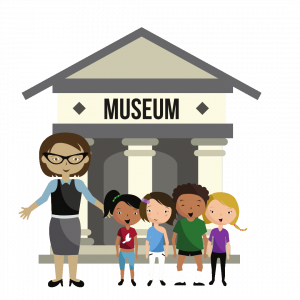 Five Tips
Five Tips
Here are five tips to make these experiences meaningful for all students.
Prepare
Like any lesson you plan, spend time to think and define your learning objectives. What specifically do you want your kids to learn from this experience? What new insights will they gain? What do you want them to know? Take time to write these down and refine them so they are clear and concise. This serves as a good discipline for examining the activities you might do on your trip. How well do these connect to the learning objectives you are teaching at home?
Also, what are some small activities your kids can participate in prior to the trip? Are there some short 15-minute exercises you could do each day before the trip to prime the pump? Use them to promote student thinking about what they might learn during the trip. By doing so you create connections to the specific content you wish to cover.
Your Role as a Facilitator
During field trips parents should act more like tour guides rather than teachers. Shift your style for the day. Think of your role as a facilitator of keen observation and thinking about what they are experiencing. Your teaching can resume once you return home with your follow-up learning activities. Think like a tour guide.
Should you have a guide or docent, don’t fall back into a passive role. Your active comments along with the guides expertise will provide a linkage back to your homeschooling activities. Remember we learn best when new information is tied to existing frameworks the kids have.
Model Inquisitive Learning
It’s important to model inquisitive learning for your kids. They take cues from how you are reacting to the experience. You can do this by taking pictures of what is happening (if allowed) and also by documenting and taking notes during the experience. (This will come in handy during you’re your review after the trip). Even if you may have been to this location many times before, try to approach this trip with a “new set of eyes” perspective. Find things you hadn’t noticed before. When you do this, you are modeling positive habits by example.
You can also model being prepared for trips by creating simple learning tools you can hand out during the experience. Give them a note taking form that challenges them to do a better job capturing their observations and thoughts during the trip. Don’t wait and ask them to do this later – catch them while the information is fresh.
Consider using the A-E-I-O-U strategy during the event; which provides a creative way to capture what they learned. (A- an adjective or two that describes what they learned, E – emotion describing how it made them feel, I – something they found interesting, O – something that made them say “Oh!”, U – write a question that they want to learn more about).
Encourage Reflection
Often, field trips serve as door openers to other interests and topics. Reflection can be stimulated by asking the kids to record their thinking at the time. This is another reason to try to arrange for quiet areas with tables and chairs where students can discuss and write things down. Don’t allow your views of the experience to dominate the conversations. Rather, put the learning opportunity back on your students to discover their answers as you work together towards mastering your unit of instruction.
During the event, listen and notice what is going on so you can capture your talking points and start planning how you will bring all of this back home into your curriculum. Take pictures to capture this experience for review in the future. Listen and note what is most resonating most with the kids. Capture the questions they are asking to use later for review. You can do allot of your lesson planning for follow up during the tour.
Sharing with Others
You leverage the value of your trips by having your kids share what they have learned! When you get back, ask students to create artifacts that represent their learning. In addition to presentations or reports, consider visual projects like photo journals, digital stories, or community blog posts.
As you conduct more field trips, you can ask students to compare and contrast experiences as another learning activity. Ask them to identify which aspects of each experience were most interesting.
Other parents in your community might like to see the places you’re visiting and begin to follow along on your journey. Consider having your kids share or present their insights to other kids in your co-op, or make a short summary video on what they learned and post it on your community website.
Have your kids send thank you notes with these videos to the organization you visited to let them know how much they learned. They will appreciate the feedback, and this might stimulate them to offer additional opportunities for other future visits or experiences.
Sources
Check out the Smithsonian Learning Lab resources: https://learninglab.si.edu/



